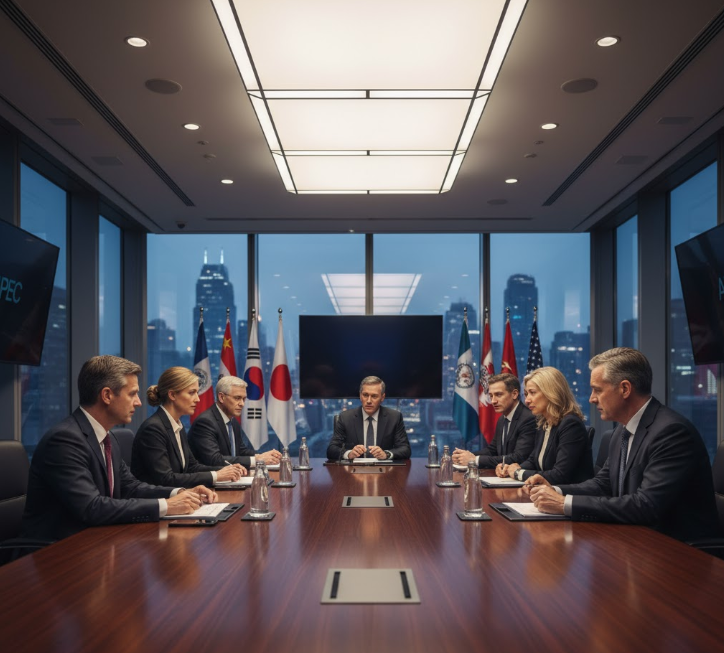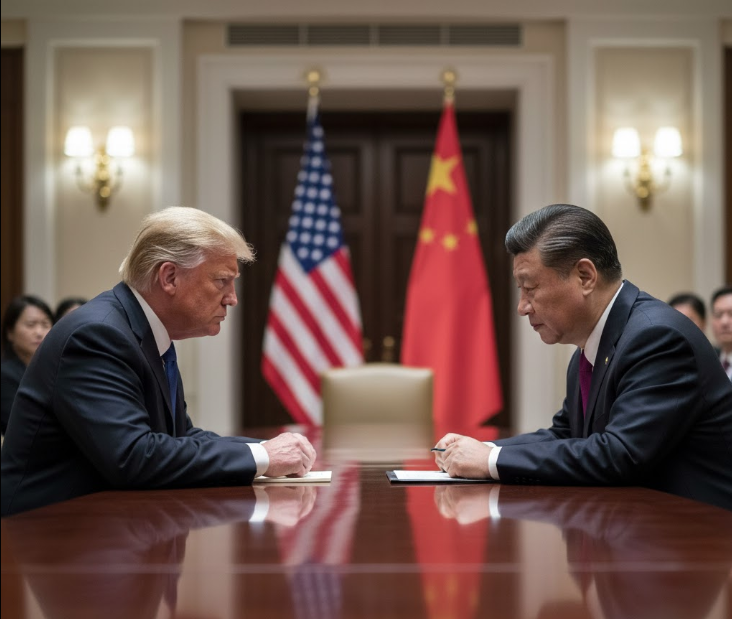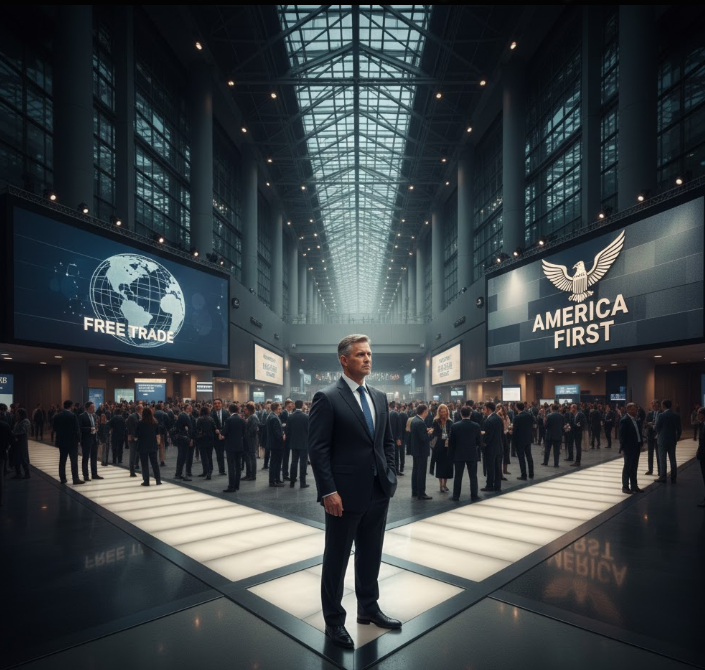When you hear “APEC summit,” you probably think of boring photo-ops and vague statements about “free trade,” right? Honestly, most of the time, that’s exactly what it is.

But the 2025 APEC summit in Gyeongju, Korea, felt different. This wasn’t just handshakes; it was high-stakes horse-trading, especially for the US. The big question coming out of it is: Did the US actually score a win, or did we just agree to disagree… again?
Here’s what actually went down.
The Big Deal: What’s in the Trump-Xi Truce?
Look, the entire summit really boiled down to one meeting: Trump and Xi. It’s their first face-to-face since 2019, and you could feel the tension.

What most people don’t realize is why this truce matters. It’s not a grand peace treaty; it’s a tactical pause in the US-China trade war.
Here’s the tradeoff: We (the US) agreed to pump the brakes on massive new 100% tariffs. In return, China is holding off on restricting rare earth minerals—those tiny components that run everything from our phones to our defense tech.
They also agreed to buy our soybeans again (a relief for US farmers) and supposedly crack down on fentanyl precursors. It sounds good, but let’s be real: this feels like a temporary fix, not a long-term solution.
Beyond China: New US Pacts with Korea and Japan
This summit wasn’t just about China, though. The other big move was solidifying deals with allies, which is the other half of the US strategy.

- South Korea: Trump announced the trade deal is “very soon.” This builds on that 2023 framework where they invest $350 billion here, and we ease up on some “reciprocal” tariffs. It also includes cooperation on things like shipbuilding.
- Japan: We also signed a new pact with Japan’s new PM, Takaichi, specifically on critical minerals.
I used to think these individual deals were small potatoes, but seeing them together at APEC, it’s clear what the strategy is. It’s about building a supply chain without Beijing. We’re trying to make sure we aren’t reliant on a rival for materials we desperately need.
The Big Contradiction: US Strategy vs. APEC’s ‘Free Trade’ Mission

This brings up the biggest contradiction for the US at APEC.
We’re telling everyone we want to maintain “regional leadership” and pushing back on what we call China’s “economic coercion.” But at the same time, we’re the ones playing hardball with tariffs and prioritizing “America First” bilateral deals.
You can see the disconnect, right?
APEC was founded on principles of open, multilateral free trade. The current US strategy is… well, not that. It’s hard to be the leader of the free-trade club when you’re the one rewriting the rules on the fly. It’s a tricky spot to be in, and honestly, it’s not clear if that strategy can work long-term inside a group like APEC.
Our Take: Was APEC 2025 a Real Win for the US?
So, back to the main question. APEC 2025 wasn’t a blockbuster win, but it wasn’t a failure either.
It was a clear snapshot of the new reality: the US is focused on managing China (the truce), strengthening allied supply chains (Korea/Japan), and pushing its own interests, even if it clashes with the group’s old-school mission.
It’s less about global free trade and more about strategic survival. It feels like we bought some time, but the big issues are definitely still on the table.
What do you think? Is this temporary truce with China smart, or are we just delaying the inevitable?